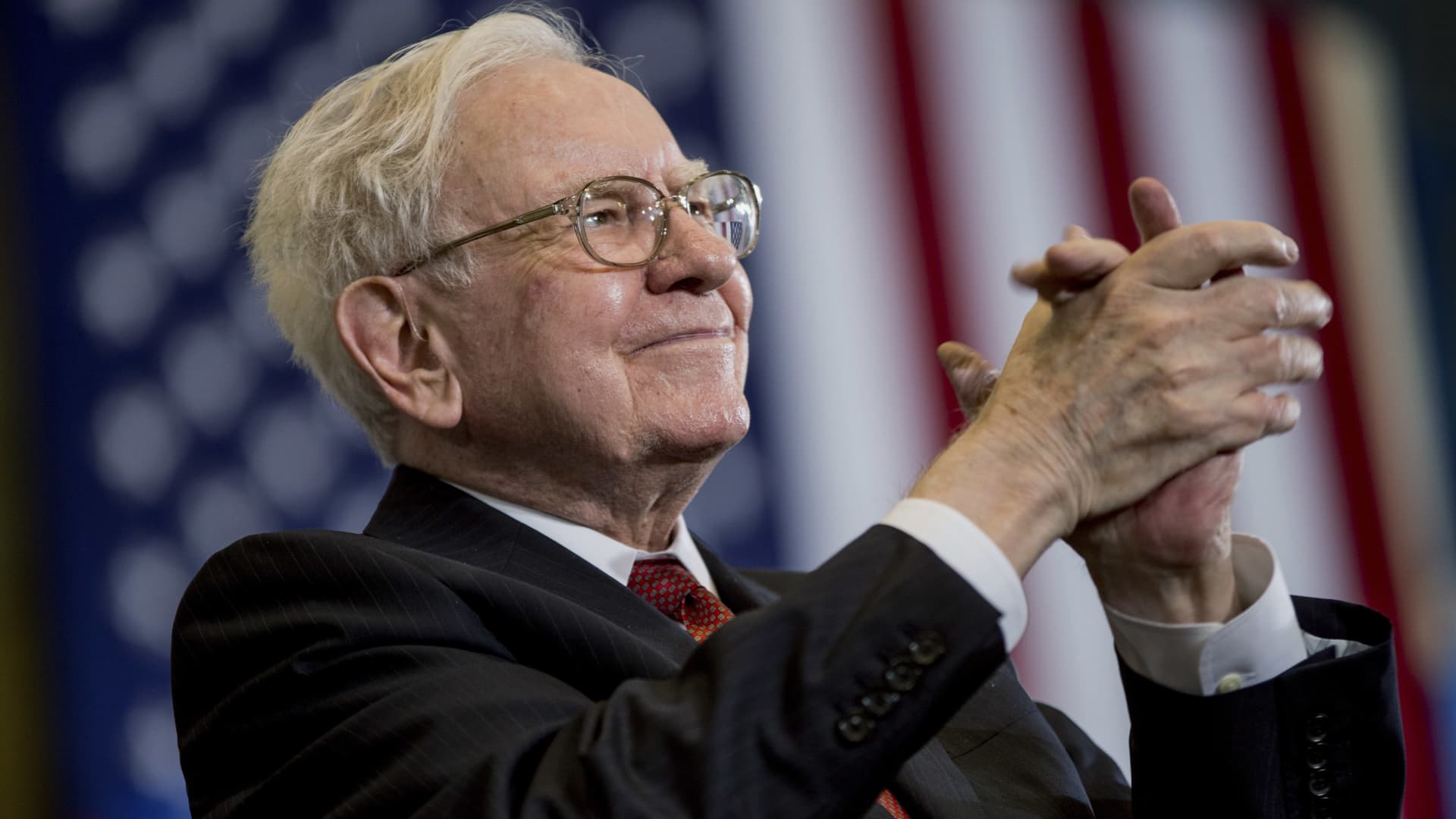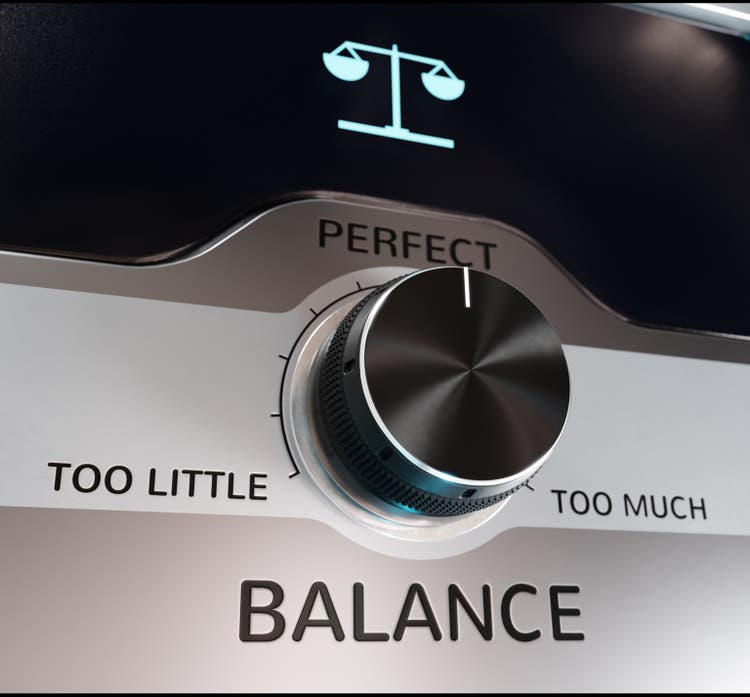With the Election Commission recognising Maharashtra chief minister Eknath Shinde’s camp as the real Shiv Sena and the Supreme Court refusing to grant any immediate relief to Uddhav Thackeray, the only variable left in the battle is the Marathi voter and whether her loyalty to the Thackeray name and the ubiquitous dhanush-baan (bow-and-arrow symbol) is split, or shaken. For now, the advantage lies with Shinde and Thackeray’s faction appears weak. But this fight might be far more protracted, and three factors will shape it.
The first is the Bal Thackeray factor. Under the leadership of the controversial leader, the common Marathi person felt she had found a dignified voice in democratic discourse for the first time. He became the true inheritor of Marathi asmita (pride) and a key figure in the socio-cultural imagination of the Marathi people. It is his mythical legacy and political rhetoric that impressed Marathi city dwellers and made them committed followers. This legacy, for now, is based on bloodline and last name. Shinde’s claim to it is still weak — and hence the pivot to his mentor Anand Dighe. Though the new Sena is trying to mythify Dighe, a firebrand leader from Thane, it is still difficult to divert a staunch Marathi manoos from the hegemonic shadow of Thackeray senior in Mumbai,
The second is the Hindutva factor. The Sena’s practice of Hindutva has been more aggressive and populist than the Bharatiya Janata Party (BJP). The urban Hindu youth connects to the Sena through linguistic affinity and is inspired by its somewhat militant postures. The street fighter Sainik provides on-ground activists with the ammunition needed to enter the public domain. But this tactic has its limits, as Raj Thackeray’s Maharashtra Navnirman Sena found out — due to the absence of the third factor, a well-knit social network.
The Sena’s core base is the lower middle-class, lower castes, and slum dwellers. It prepares its cadre through daily engagement in various socio-political and cultural functions. The Sena’s shakha is not just a space for political deliberations, but a platform to resolve the familial, social and class conflicts of local residents. Further, these shakhas are not rigid closed-door political offices but open spaces for public engagement. Though there are some reports of consternation among the shakha pramukhs, there has been no large-scale defection from Thackeray’s side yet. Without this network, many of Shinde’s lieutenants — who are largely not from the Mumbai region vwill find political outreach in Mumbai tough.
Mumbai may only hold 18 of the 288 assembly seats in Maharashtra, but it is the city that makes the Sena what it is. But in this battle of ideology, don’t rule out the importance of money, muscle power and official patronage, all of which are with Shinde and which have trumped ideology in other states before. Don’t also rule out an outcome where the BJP, an ally of Shinde, emerges as the real winner in Mumbai, with the Marathi vote divided between Thackeray and Shinde, and its own constituency of non-Marathi voters, upper castes, migrant populations from Uttar Pradesh, Bihar and Gujarat, and sections of other backward classes intact.
Harish S Wankhede is assistant professor, Centre for Political Studies, School of Social Sciences, Jawaharlal Nehru University The views expressed are personal
Unlock HT Premium with upto 67% Discount
Subscribe Now to continue reading

















